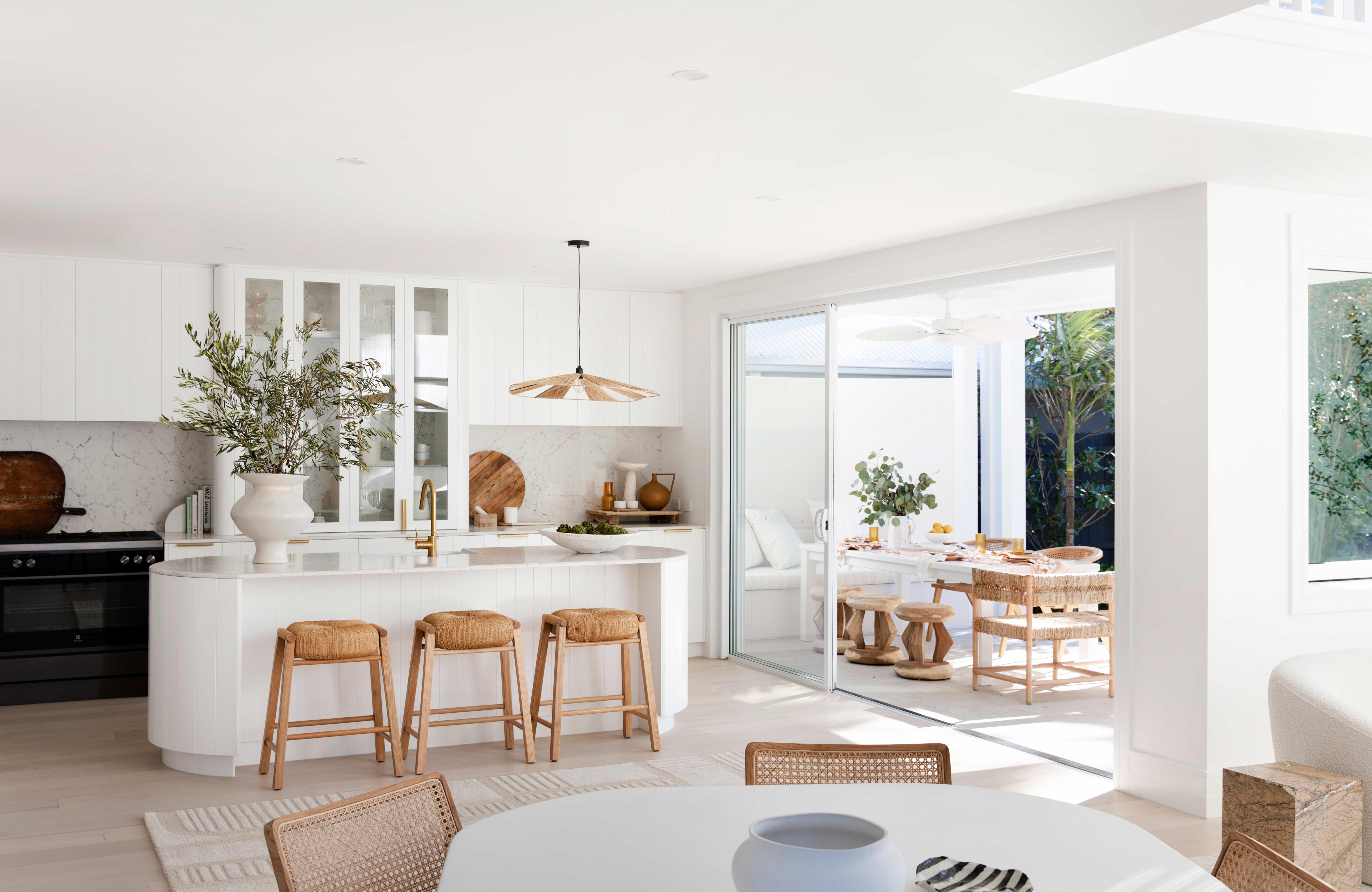Change Your Home With Important Concepts of Interior Layout and Aesthetic Appeals
By comprehending the impact of shade theory and the significance of appearance and patterns, one can develop rooms that are not only visually attractive but additionally deeply personal. Achieving this stability includes more than simple decor; it encompasses a calculated setup and a keen understanding of exactly how each aspect connects within a space.
Comprehending Color Concept
Recognizing the concepts of color theory permits developers to create areas that reverberate psychologically with residents while meeting useful requirements. Each category plays an important duty in establishing harmony within a room.
The mental effect of shades is extensive; warm shades such as reds and oranges evoke energy and heat, while trendy tones like blues and eco-friendlies advertise peace and serenity. The usage of corresponding shades boosts aesthetic rate of interest, producing striking contrasts that can boost a space's allure.
Neutral colors, on the various other hand, work as a functional backdrop, permitting various other layout aspects to shine. It is important to consider variables such as illumination and the room's function when selecting a shade scheme, as these can change the perception of colors throughout the day.
Eventually, a well-considered color system can change a room, cultivating a sense of comfort and style that straightens with the citizens' choices. Proficiency of shade concept is, therefore, an essential ability for any indoor designer aiming to develop harmonious and welcoming settings.
Attaining Balance in Layout
How can designers accomplish a sense of stability in their rooms? Accomplishing balance in layout is essential to producing harmonious interiors.
Asymmetrical balance, on the other hand, counts on differing components that still attain a natural look. This technique permits for more dynamic and casual plans, giving passion while preserving equilibrium. By thoroughly selecting differing sizes, colors, and appearances, designers can develop a visually compelling area that really feels well balanced yet energised.
Radial balance highlights a main prime focus with elements radiating outward. This style is commonly seen in round layouts, where furnishings and decor develop a natural border that draws the eye inward.
Ultimately, attaining equilibrium requires thoughtful factor to consider of scale, percentage, and the relationships in between aspects. Architecture Firm. By masterfully using these equilibrium concepts, developers can transform rooms into environments that really feel both visually pleasing and functionally unified, improving the overall experience for occupants
Importance of Spatial Understanding

A keen sense of spatial recognition allows developers to determine prime focus within a room, directing the audience's focus to key functions while keeping a total sense of unity. It additionally aids in the critical positioning of illumination, which can significantly affect the perception of area and state of mind. Comprehending spatial connections enables the designer to cater to the particular needs of occupants, making certain that each area serves its designated objective without jeopardizing aesthetics.
Eventually, spatial understanding is vital for taking full advantage of the possibility of any indoor area. By very carefully thinking about the interaction in between dimensions, layout, and function, designers can develop atmospheres that not just fulfill sensible needs yet additionally evoke a feeling of convenience and appeal, boosting the total living experience.
Including Appearance and Patterns
Welcoming a diverse variety of structures and patterns can substantially boost the visual and tactile allure of an indoor area. The strategic use different materials-- such as timber, steel, fabric, and stone-- produces depth and passion, making an area feel more welcoming and dynamic. Incorporating smooth surface areas with harsh structures can establish a balance that draws the eye and engages the senses.
When integrating patterns, think about both scale and repetition. Big patterns can function as prime focus, while smaller sized, subtle layouts can match other components without overwhelming the space. Layering view it patterns, such as pairing flower pillows with candy striped tosses, adds intricacy and a feeling of consistency if implemented attentively.
It is additionally important to preserve a cohesive color palette, guaranteeing that structures and patterns function with each other rather than contend for focus. By choosing a few essential textures and patterns, you can produce a merged aesthetic that shows your individual design while improving the general setting of the area. Inevitably, the cautious unification of these components can transform an ordinary room into an innovative setting abundant with character and heat.
Personalizing Your Space
Creating an area that reflects your personality is important to achieving a really welcoming environment. Personalization in interior decoration permits you to instill your unique design and rate of interests into your home, changing it from a simple shelter into a shelter that talks with that you are. Begin by selecting a color palette that reverberates with your emotions-- bold hues can stimulate, while soft tones use serenity.
Include artwork and style that show your enthusiasms, whether it be travel, nature, or abstract ideas. Presenting personal collections, such as publications, our website pictures, or souvenirs, can evoke treasured memories and produce focal points within a room. Furthermore, think about customizing practical pieces, like upholstered furnishings, to straighten with your visual preferences.

Final Thought
To conclude, the makeover of a home through the important link vital concepts of interior decoration and aesthetic appeal demands an extensive understanding of shade theory, balance, spatial awareness, texture, and customization. Each component adds considerably to developing an unified and practical living environment - luxury interior design. By thoughtfully incorporating these concepts, people can boost the visual allure and emotional vibration of their areas, ultimately promoting a home that reflects unique identifications while offering convenience and functionality